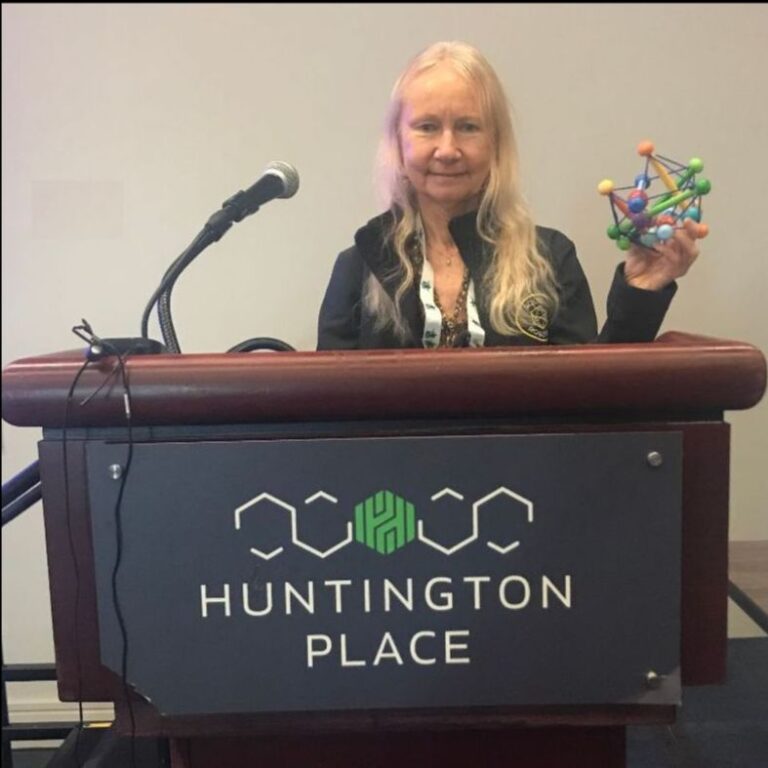
Company CEO Dr. Alice Agogino was one of the invited speakers at the 2023 IEEE/RSJ International Conference on Intelligent Robots and Systems (IROS) in October. Established in 1988, IROS is the premier flagship conference for the robotics and AI research community. This year’s conference was held in Detroit and attracted approximately 4,000 attendees.
“I was honored to be asked to speak at the tensegrity robotics workshop at the conference,” said Agogino, noting that she was especially pleased that the theme of this year’s conference is “The Next Generation of Robotics” highlighting cutting-edge innovations and the contributions of younger researchers. “The world has so many hard problems to solve—climate change, inequity in technology access, and wildfire management—to name just a few. It was exciting to listen to the ideas, review the presented papers, and see the work of younger scientists and engineers. Their work promises exciting future applications of robotics.”
Agogino’s talk, which was titled From space exploration to emergency and climate response: challenges and opportunities, furnished attendees with a brief history how her research with NASA to develop planetary probes that could move on and gather data in the harsh landscapes and atmospheres of other planets led to the tensegrity sensor robots that Squishy Robotics designs and sells to first responders. However, the UC Berkeley professor emeritus focused much of her talk on asking and, indeed, challenging her audience to think about “what’s next?” for robotics with a focus on translating research to practice.
“Certainly, the challenges are many, but the opportunities are considerable,” Agogino stated. “We scientists and researchers must be open to looking at problems with almost new eyes—new eyes see new ideas.”
Agogino explained that Squishy Robotics, which builds tensegrity sensor robots that are used by first responders in HazMat situations, has also been working on sensor, software, and robotic technologies that can assist with early wildfire detection and methane detection and characterization. “We know that one technology is not the solution,” said Agogino.
“Instead, we are testing how we can equip our tensegrity robots with diverse hardware and software technologies, such as cutting-edge sensors, sensor fusion, and AI,” Agogino continued. “Bringing together diverse ideas and cutting-edge technologies is the key to future advances and meeting the emerging needs of our customers.”
